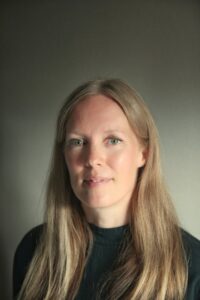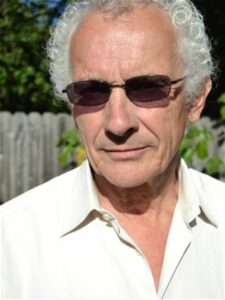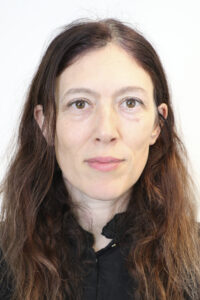


By Margit Anne Petersen, Geoffrey Hunt and Alexandra Bogren
Nordic concerns about sexual victimization have recently become more prominent, fueled by the #MeToo movement, and EU surveys highlighting high prevalence rates of sexual harassment and assault in Scandinavia. While rape is given greater priority by criminal justice authorities, victims of “less serious” incidences find themselves less protected by the authorities, and in many cases do not report.
Besides a tendency to view sexual harassment as “less serious”, current research on sexual victimization has focused mainly on workplace settings, ignoring important arenas, such as bars and clubs, where harassment is common. The norms and social expectations of such settings – where drinking, socializing and flirting are foregrounded – are clearly different from those of most workplace settings and are currently under-explored.
In our ongoing research, we explore how young adults experience and understand incidences of intoxicated sexual victimization. Using data from Denmark, we highlight different types of invisibilities that impact experiences of sexual victimization and the ways in which young women cope with such experiences.
Maja is 22 and has experienced various forms of sexual harassment and considers it a natural part of going out to clubs and bars. However, she also has had to confront more serious cases of sexual violence; being forced to give a blowjob and nearly being forced to have sex with two guys at once.
I was so drunk that I ended up finding a bed to sleep in, in a room. Two guys came and laid down next to me and started touching me while I was sleeping. They made me touch them too. In relation to the old rape law, it would not have been considered rape because I probably flirted with them during the night, and also, I didn’t have any marks or scratches or visible evidence of anything. And I wasn’t drugged or anything, I had just been drinking.
In Maja’s story, there are several invisibilities at play: In the interview, she explains that she has not told anyone about her experiences. She also never confronted any of the men involved and is quite certain that neither of them are aware of how she felt, or that these encounters could be viewed as sexual victimization. But her narrative also suggests that her own understanding of having experienced sexual victimization was at some level invisible to herself. For long, she did not attempt to resolve what had happened. She never admitted to herself that it was sexual violence. However, invisibility may not only be self-inflicted but can also result from other people’s understandings and reactions. 18-year-old Camille recounted what happened some years back:
I have no idea whether I said yes or no to it. When I spoke to friend, she said that I should really call a place where I could get help. I did call this hotline and burst into tears as I explained the story. They suggested that I see a doctor, a gynecologist. I ended up not doing that because at the time I decided it was not serious enough. I had a talk with my sister, and she said that it was completely normal to not remember everything. I thought that maybe what I experienced was not so terrible after all. Maybe it is something most girls experience at some point. I also searched online for information and there it just seemed so ‘everyday like’, as if this is completely normal.
Identifying as a victim is a temporal, social, and narrative process. It unfolds over time and is often closely tied to other people’s reactions and opinions, as well as to historical or political trends as, for example, the #Metoo movement. Experiences of victimhood may become visible through narratives, both among friends or others but also through the interview situation, in which victimhood is sometimes realized. This poses questions about how to research victimhood, and points to the importance of addressing social, political and temporal dynamics that contribute to what is made visible and what is not.
Margit Anne Petersen is an anthropologist and Associate Professor at Centre for Alcohol and Drug Research at Aarhus University. Her work focuses on ‘The intoxicated self’, exploring different uses of illegal and legal substances, to change or develop a sense of self among young people. To read more about the Danish project see: https://psy.au.dk/forskning/forskningscentre-og-klinikker/center-for-rusmiddelforskning/forskning/forskningsprojekter/seksuelle-graenser-i-nattelivet
Geoffrey Hunt is an anthropologist and Professor at Centre for Alcohol and Drug Research at Aarhus University and Director of Institute for Scientific Analysis in San Francisco. He received the Jellinek Memorial Award in 2021 for his influential social and cultural research on drinking and alcohol-related problems.
Alexandra Bogren is a sociologist and criminologist, and Associate Professor at Södertörn University in Stockholm. Her work focuses on gender and sexuality as well as police relations and camera surveillance. Read more about the Swedish nightlife project.
